Portable air conditioner ▷ How to choose the best?
Request a quote in 1 minute
Guide to choosing the best portable air conditioner
You can listen to this article on our podcast:
How does a portable air conditioner work?
The portable air conditioner has an internal compressor (the condenser) that draws in air from the room and cools it. Unlike a split air conditioner or heat pump, it concentrates the indoor and outdoor units in the same device, making them much less efficient.
Simply explained, mobile air conditioner takes the hot air in the room from the rear grille, cools it down and blows it into the room.
Portable equipment generally consists of a tube for the extraction of excess hot air, the outlet of which must be placed towards the outside through a window, preferably through a hole that isolates the air inlet. At the same time that it emits cold air, the condensing indoor unit draws air from the rear grille, heats it and exhausts it to the street through the exhaust pipe placed in the window.
This cycle is not very efficient since part of the air that the appliance has made the effort to cool ends up back in the street.
This process generates condensate (small drops of water), so the device has an outlet for the condensate that is generally stored in an internal tank, although it is sometimes evacuated through another tube that must be directed towards a drain.
Although less common, two-pipe portable equipment is also marketed, which is more efficient since the refrigeration and condensation cycles are independent, so there is no need to extract air from the interior to the exterior.
Types of portable air conditioner
Although it is a fairly simple device, there are different types or models on the market whose difference mainly consists in the way in which it manages and extracts the air from the room: without a tube, with one tube or with two tubes.
portable air conditioner with tube
It is the most commonly sold mobile air conditioner and the most economical. It consists of a portable device with wheels from which a flexible tube or conduit comes out that we must place in the window towards the outside, since the hot air that the equipment extracts from the room comes out of it. In this type of equipment, two things must be taken into account:
That the extractor tube heats up during the process, so the shorter that tube is, the less heat we will be giving to the room again. This is why it is important to place the equipment as close to the window as possible.
That the extractor tube must take the hot air outside, so the most common is to place it in a window. However, if we leave part of the window open, we will be letting hot air from outside into the room. This is usually one of the reasons why these devices are not as efficient. To avoid this situation, there are two alternatives: one is to make a hole in the window glass in which we will fit the tube in which we can place a lid when the device is not in use. Another is to buy a plastic or a special kit that insulates the entire opening of the open window, leaving an outlet only for the duct. Some portable air manufacturers sell this type of kit to improve the performance of the device.
Double Pipe Portable Air Conditioner
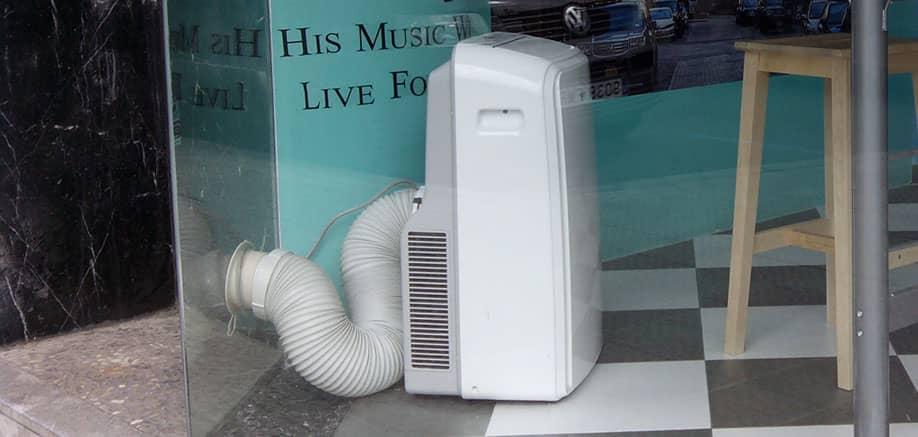
There are portable equipment that have double tube. Like the single-duct equipment, the hot residual air that is generated in the cooling process is expelled through a tube to the outside. Its main difference is that it extracts hot air from the outside and not from the room, so it is more efficient since it is not "stealing" the air that it has already cooled. These types of devices are less common to find and are more expensive than monotubes.
Portable air conditioner without tube: the evaporative air conditioner
If what you are looking for is a portable air conditioner without a tube, you are thinking of an evaporative air conditioner. Although from the outside, the devices seem similar, their operation is totally different. This type of portable air conditioning uses the natural principle of water evaporation to produce fresh air in the same way that the sea breeze is generated.
When the air passes through the filter soaked in water, it is humidified and cooled, achieving quality air that is fresh, clean, healthy and with very low energy consumption and with the advantage of not having to install pipes outside.
For optimal operation, they should be used outdoors, or if used indoors, they should be placed with their backs to an open window so that they are always supplied with fresh air.
What should you know before choosing a laptop? Technical characteristics
You already know how it works and what types of equipment you can choose from. However, it is important to take into account the technical characteristics that you should look at when comparing one device with another. The size, its power, its energy rating or its noise level are determining factors when choosing a laptop.
Size How big is a portable air conditioner?
One of the drawbacks of the portable air conditioner is the large physical size it occupies, which implies reserving a considerable space in the room for the portable air conditioner next to a window for the extraction of the tube.
An example of measurements of a portable air conditioner: 82 x 39 x40 cm with a weight of 38 kg.
If we compare it with other air conditioning equipment such as wall-mounted splits or ducted air conditioning installations, portable equipment is at a clear disadvantage.
Is the portable air conditioner silent?
One of the traditional handicaps of portable air conditioning equipment is its noise level, which most users define as "a constant hum". However, this is something that the manufacturers have improved considerably, although of course without reaching the low noise level of the split air conditioners with installation. It is essential to look at this characteristic, expressed in dB on the device's technical sheet, when choosing and buying a silent portable air conditioner.
As a reference of the noise level of a portable air conditioner, we will say that the human voice at normal conversation volume is equivalent to about 60 decibels, the intense traffic of a city would reach about 70 dB and a traditional vacuum cleaner 90 dB. The sounds below 40 decibels are considered pleasant.
Some portable equipment is already on the market that claims to reach between 40 and 50 decibels, which would be equivalent to a constant murmur in a quiet room.
Calculate frigories of portable air conditioner
Although today devices are manufactured with powers of up to 4,000 frigories capable of cooling spaces of about 40 m2, generally the most demanded portable air conditioners on the market do not exceed 2,500 frigories, enough to maintain comfort in independent rooms of about 25 or 30 m2.
To know the frigories that will be needed to cool a room, you must calculate about 100 or 140 frigories per m², depending on the exposure of the house to cold or heat, depending on its location, north or south orientation and number of electronic devices. or moving people in the room where the portable air conditioner will be placed.
Energy efficiency in portable air conditioning
According to the European ErP Directive, all equipment that consumes energy must be accompanied by its corresponding energy label, which includes important information on electrical power, EER cold performance, noise level and energy consumed in 1 hour.
The level of energy efficiency that the device will have is marked by the EER or cooling efficiency coefficient. This coefficient represents the energy efficiency of the air conditioner when it works in cooling mode. The higher the EER, the higher the efficiency and therefore, the less the device will consume.
In the case of portable air conditioning equipment, an equipment with efficiency A must exceed 2.60 EER. A team with A+ 3.60 > 3.10. A team A++ 4.10 > 3.60 and the most efficient, A+++ > 4.10
As we can see in the table, the cooling efficiency requirement range to obtain an A rating is lower in the case of portable air conditioners, so we can ensure that they will always be less efficient than a Split air conditioner with an indoor unit and Exterior.
Extra functions: regulation, humidification...
There are portable air conditioners on the market that not only cool the room but also offer another series of extra functions, which we quote below:
What are the advantages and disadvantages of portable air conditioner?
As a summary and to help you in your choice, we present a list with the advantages and disadvantages of penguin-type air conditioning equipment:
Advantages
Disadvantages
We hope that this article has served to guide you. From Caloryfrio.com we always recommend consulting an accredited air conditioning installer to answer your questions and carry out your project with the best result.

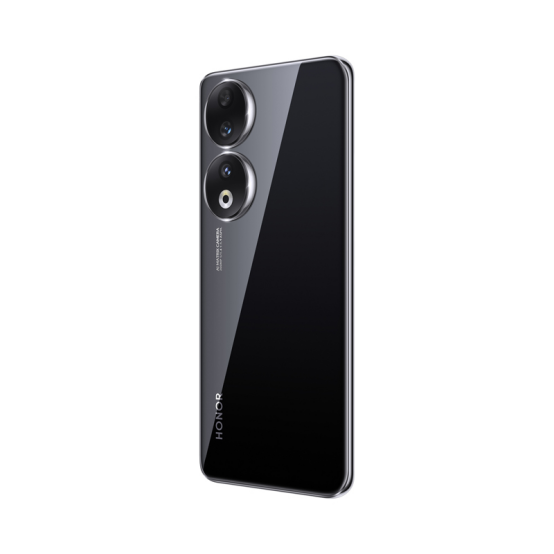
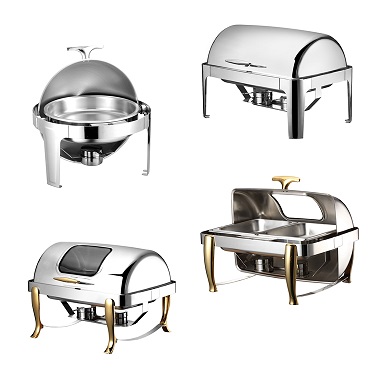

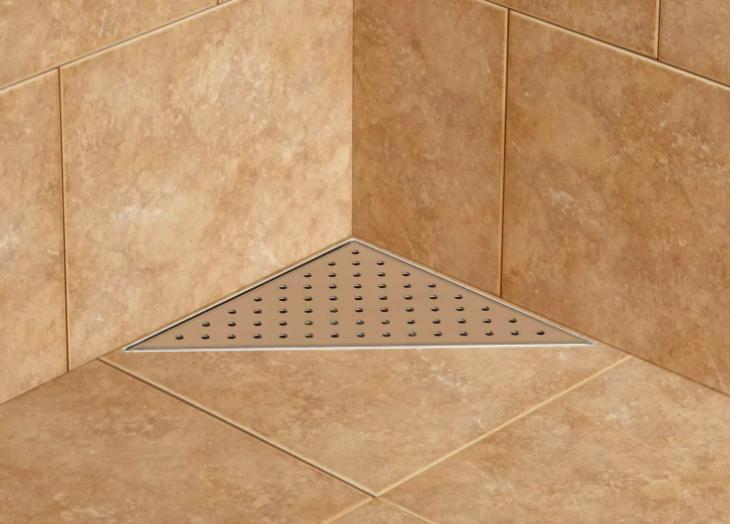



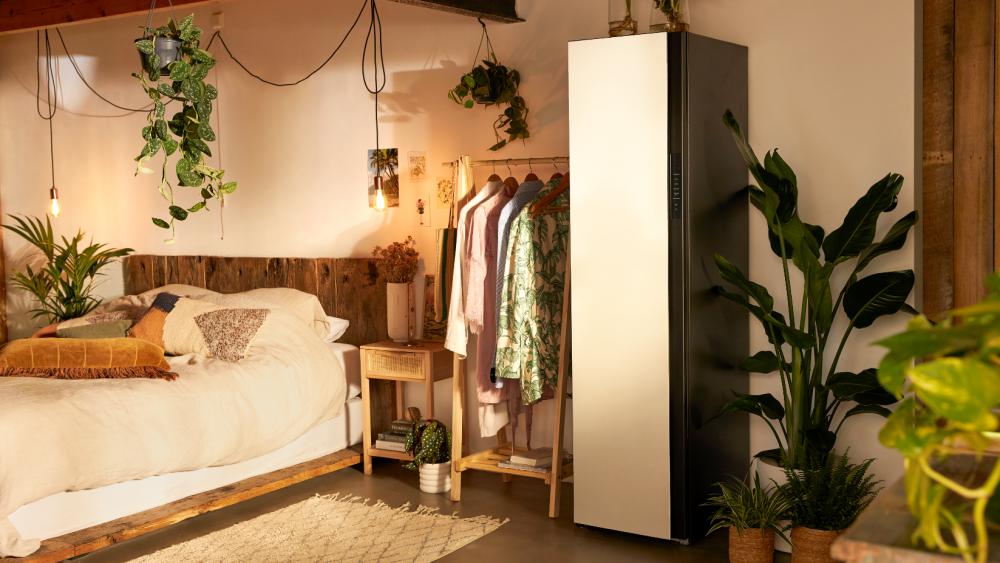
3949